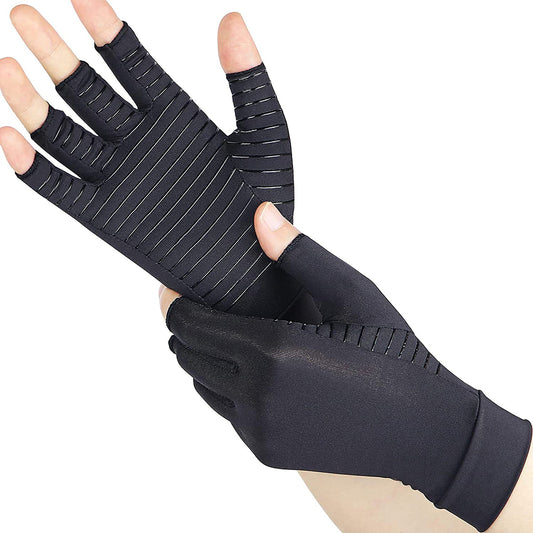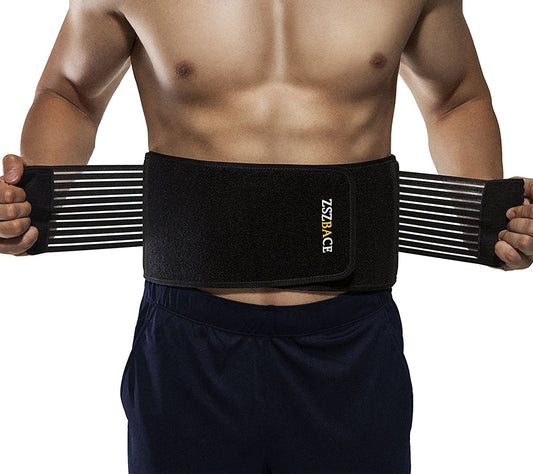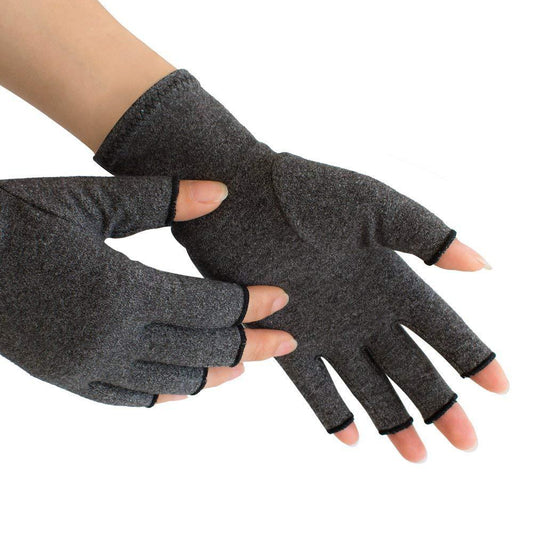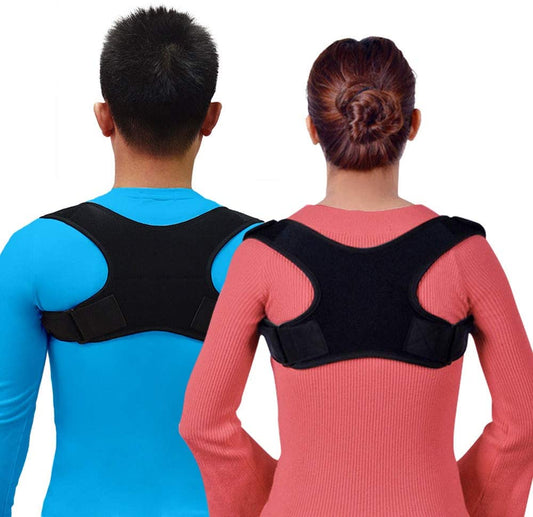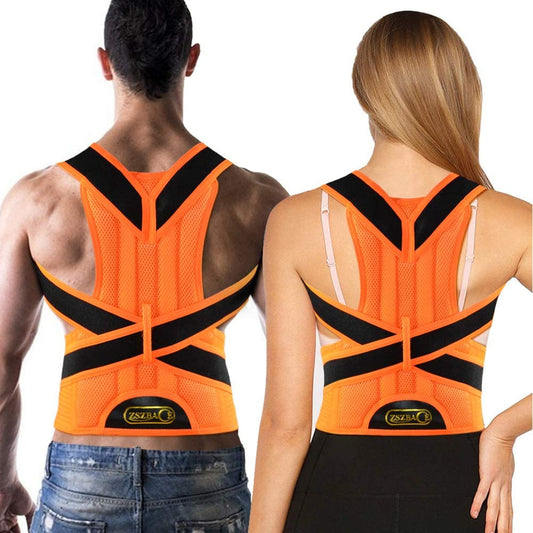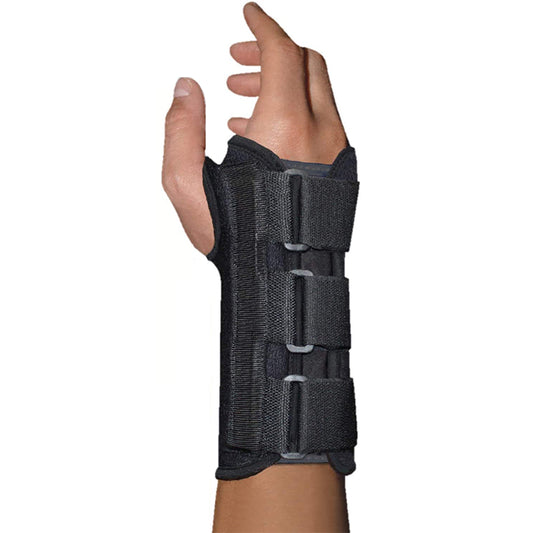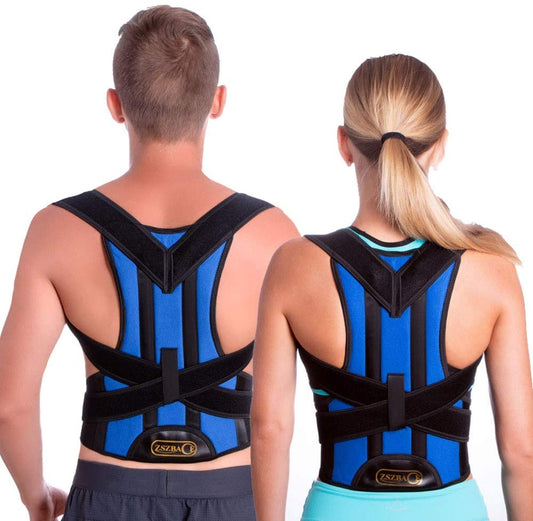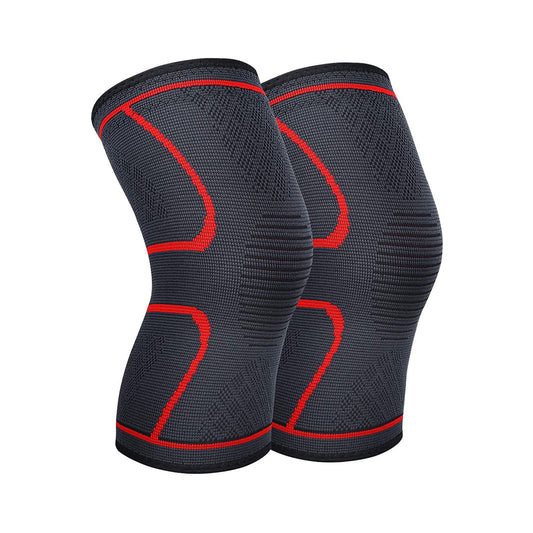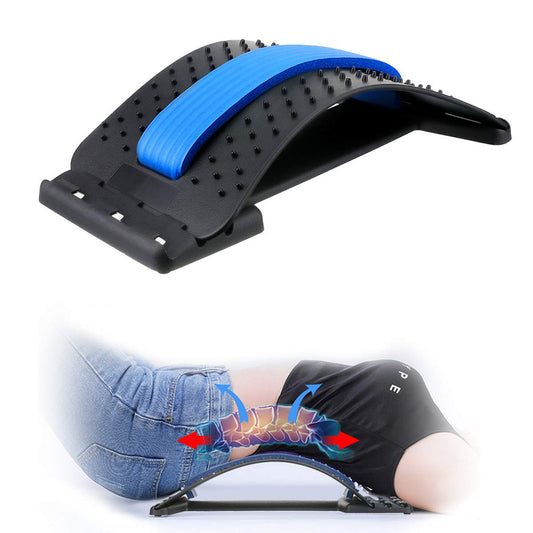Symptoms and Diagnosis of Lumbar Facet Joint Disorders
Share
Core Symptomatology
Lumbar facet joint disorders primarily cause localized low back pain characterized by:
- Dull aching pain with stiffness, typically worse in the morning or after inactivity (Perolat et al., 2018)
- Aggravation during spinal extension/rotation and prolonged sitting
- Relief with forward flexion and movement
- Potential radiating leg pain (sciatica) if nerve roots are compromised
Symptom Classification
| Symptom Type | Clinical Manifestation | Pathophysiology |
|---|---|---|
| Localized Pain | Dull ache over affected joint, tenderness on palpation | Synovial inflammation & joint capsule nociception |
| Referred Pain | Diffuse discomfort in buttocks/thighs/knees (rarely below knee); abdomen/pelvis (Field et al., 2009) | Convergence of sensory pathways |
| Radicular Pain | Sharp, shooting leg pain with possible weakness (if nerve root impinged) | Facet hypertrophy/bone spurs |
| Posture-Dependent Pain | Increased pain with standing/extension; relief with sitting/flexion | Altered joint loading dynamics |
| Crepitus | Grinding sensation during spinal motion | Cartilage degeneration |
Pain Distribution:
- Unilateral if single facet affected
- Bilateral when both facets at a level are involved
Diagnostic Approach
Stage 1: Clinical Evaluation
1. Patient History
- Pain onset/pattern/duration
- Aggravating/relieving factors
- Prior treatments & comorbidities
2. Physical Examination
- Inspection: Posture, gait, muscle atrophy
- Palpation: Facet tenderness assessment
- Range of motion: Limited extension/rotation
- Neurological exam: Strength/sensation/reflexes (to rule out radiculopathy)
Initial Management: Suspected cases receive conservative treatment including:
- Medication (NSAIDs, muscle relaxants)
- Physical therapy (core stabilization exercises)
- Biomechanical support: Posture-correcting braces can provide proprioceptive feedback and unloading of facet joints during acute phases
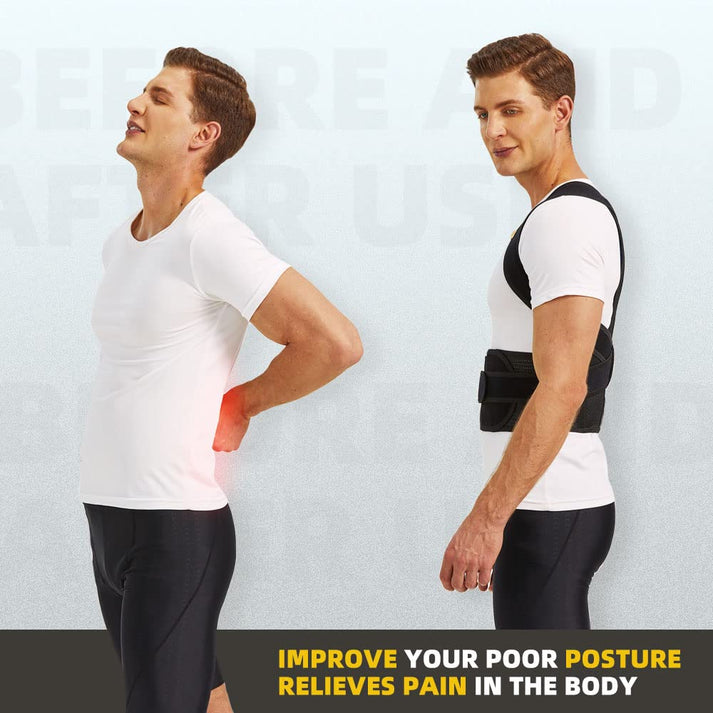
Clinically-Designed Lumbar Support Brace
Features medical-grade materials with adjustable stabilization for facet joint unloading during daily activities
Advanced diagnostics are considered if unresponsive after 6 weeks (Manchikanti et al., 2010).
Stage 2: Imaging Studies
| Modality | Diagnostic Utility | Key Findings |
|---|---|---|
| X-ray | Detects osteophytes, joint space narrowing, calcifications | Oblique views show "Scotty dog" |
| CT | Superior bone detail; assesses fractures/arthritic changes | 3D reconstruction of facets |
| MRI | Evaluates soft tissues (nerve roots, synovitis, edema); distinguishes acute/chronic pathology | T2-weighted sequences show inflammation |
| SPECT/CT | Identifies active inflammation (metabolic activity + anatomical detail) | Increased radiotracer uptake |
Stage 3: Diagnostic Blocks
Procedure: Fluoroscopy-guided injection of local anesthetic (± corticosteroid) into facet joint
Interpretation:
- Positive test: ≥80% pain reduction during anesthetic phase
- Double-block protocol (lidocaine + bupivacaine) reduces false positives (Schütz et al., 2011; Bartleson & Maus, 2014)
Validation Criteria:
- Contrast confirmation of correct needle placement
- Pain diaries documenting pre/post-injection VAS scores
- Controlled comparative blocks recommended
Diagnostic Challenges
-
Symptom Overlap
Differentiating from discogenic pain/SI joint dysfunction:- Facet pain typically worsens with extension
- Disc pain aggravated by flexion and coughing
-
False Positives
Up to 25-40% false-positive rate with single blocks due to:- Placebo effect
- Systemic absorption of anesthetic
- Non-target tissue diffusion
-
Concomitant Pathologies
60-70% of patients have concurrent disc degeneration, requiring multimodal assessment (Perolat et al., 2018).
References
- Perolat R, et al. Insights Imaging. 2018. doi:10.1007/s13244-018-0638-x
- Manchikanti L, et al. Pain Physician. 2010. PMID:20309379
- Schütz U, et al. PLoS One. 2011. doi:10.1371/journal.pone.0027991
- Bartleson JD, Maus TP. Neurol Clin Pract. 2014. doi:10.1212/CPJ.0000000000000044
- ZSZBACE posture corrector for men
- Field R, et al. In: Smith HS. Current Therapy in Pain. 2009. ISBN:9781416048367


